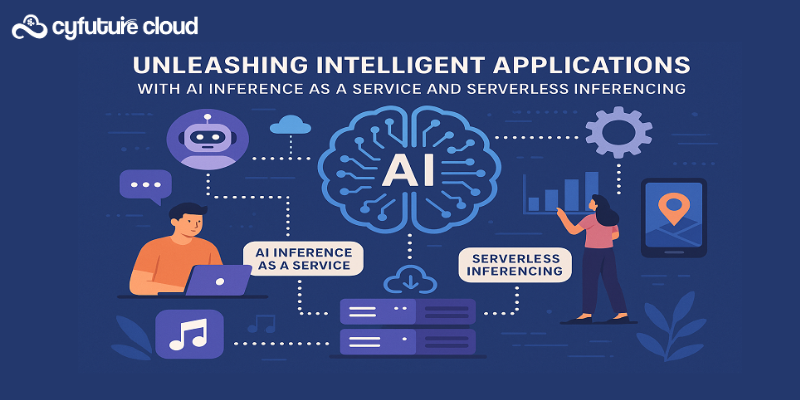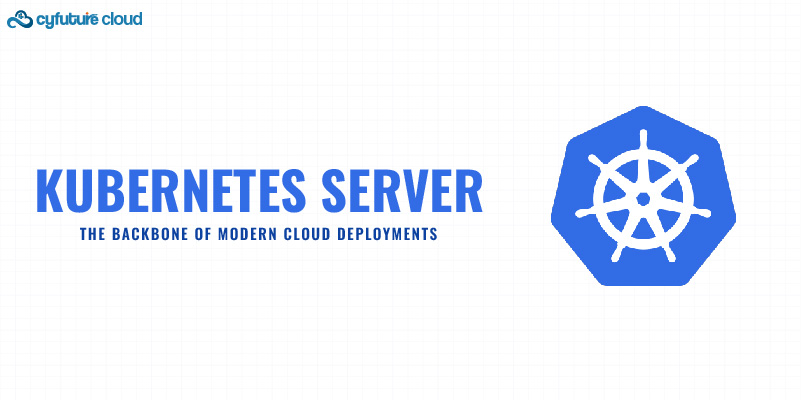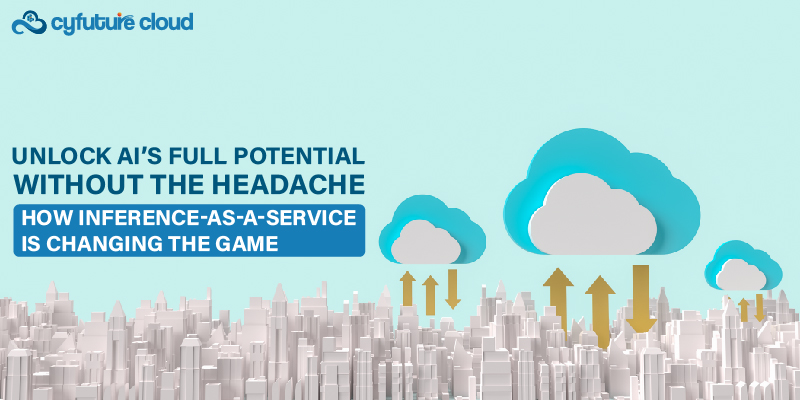Table of Contents
The digital universe of content is developing enormously and it is increasing in a couple of years. Purchasers expect quick and secure information access on any gadget from any planet region. Cloud providers need to track down the cloud storage services in India to the difficulties of conveying streaming and upgraded content to PCs, cell phones, and tablets.
A portion of the normal difficulties, for this situation, are higher ability, higher versatility, greater service, and security. To handle those issues, two well-known apparatuses are content conveyance organizations (CDN) and cloud computing.
Their meaning could be a little more obvious. How would they function? also, when they will be appropriate for your requirements? This article intends to discuss the differentiation between CDN and cloud computing in managed cloud services.
What Is CDN?
A CDN is a distributed network of storage and servers. This organization can imitate content or services like records, sound, video, and so on countless substitute frameworks situated in different topographical areas across the globe. CDNs are incredibly adaptable and they work on the adaptability and nature of the services presented on the web by diminishing the dormancy of conveying content to their clients. The CDNs do such by expanding the transfer speed for getting information from clients all through the organization by decisively putting content replica(s) in geologically conveyed areas.
In the unique web scene of the current world, it is a higher priority than at any other time for content suppliers to figure out the requests and prerequisites of the clients. For instance, consider a video web-based feature, like YouTube, or Netflix. However, during the conveyance of video content to endorsers situated across different landmasses, the video experience can change contingent upon the conveyance way to the end client. CDN addresses this issue.
How Does CDN Work?
Contingent on the substance type and application, the CDNs can change. Notwithstanding, most CDNs involve a beginning server, a diverting solicitation system, and countless substitute store servers in particular Point of Presence (POP).
Origin Server
The beginning server is a strong stockpiling framework that contains all the substance. To acquire the best exhibition of CDN, the substance in the beginning server is pushed to substitute servers situated in different topographical areas across the globe.
POP Servers
These servers are situated in huge numbers in different regions in a CDN. The POP server offers the substance to the end client on demand. On the off chance that the substance isn’t accessible locally, the POP server will pull it from the beginning server and store that for the following likely prerequisite.
Request Redirecting Mechanism
One of the primary elements of CDN is to divert clients to the most ideal servers given Quality of Service (QoS) boundaries like server load, network clog, idleness, client access organizations, and so forth. An assortment of techniques like Global Server Load Balancing (GSLB), DNS-based demand steering, HTTP Redirection, and URL Rewriting are utilized to carry out this component.
Benefits Of CDN (Content Delivery Network)
Online business undertakings like gaming organizations, web-based business sites, cloud application designers, and live real-time media services. It utilizes content conveyance organizations to offer better support to their clients. A few advantages of CDN are:
Greater Scalability and Connectivity
CDN guarantees a more noteworthy client experience through quicker load times. Simultaneously, CDN additionally offers web distributers higher online visits, lower webpage deserting, expanded traffic, and generally more grounded client commitment.
Less Bandwidth Consumption
Online entrepreneurs change for any information they move from beginning servers. CDN stores web content duplicates in a nearer geological area from its end clients, it guarantees less information move from beginning servers. The general expense of ventures decreases a ton.
Lower Latency
The framework moves the substance in line with end clients. Inertness can cause because by the distance between servers and end clients. As CDN conveys content from the close-by found server, numerous dormancy issues are tackled.
Effective Traffic Spike Management
Viral recordings or fruitful showcasing efforts, and restricted time offers can set off a sharp and surprising ascent sought after for content. CDN forestalls server crashes in these cases by adjusting load across web servers in various topographical areas.
What Is Cloud Service?
Cloud service or cloud computing is collected by huge organizations of virtualized data correspondence innovation services like equipment assets (CPU, organization, and capacity), programming assets – information bases, application servers, and web servers. The utilization of virtualization has changed the conventional server farm into an adaptable cloud service framework.
Virtualization techniques like hypervisor innovation and the presentation of virtual machines have empowered cloud specialist co-ops to add dependability to facilitated sites. Applications to impart assets to the end clients quicker. However, the server farms can give adaptable web-based application service hosting like web hosting, search, messages, and gaming more proficiently at diminished costs with the assistance of cloud service.
Cloud service additionally alludes to Infrastructure as a Service (IaaS), Platform as a Service (PaaS), and Software as a Service (SaaS). Cloud services are facilitated in substantial server farms or information ranches, worked by hosting organisations. A few fundamental attributes of cloud computing are:
- On-Demand Self-service
- Broad Network Access
- Resource Pooling
- Rapid Elasticity
- Measured Service
Cloud service registering empowers the designers to marshal boundless figuring and stockpiling choices to process and store. Cloud-based assets can be utilized to come up short on per-use models and when required, rather than putting resources into additional assets.
How Does Cloud Service Work?
From a usefulness viewpoint, cloud computing services can be of three kinds:
Private Cloud
This framework offers a restrictive cloud climate devoted to a solitary business substance. It associates with actual parts put away on-premises or at a specialist organization’s server farm. This model offers the clients a serious level of control as it is simply open to a solitary business. However, it guarantees progressed security conventions, redid design, and the opportunity to broaden registering assets in a virtualized climate when required.
Public Cloud
In this model, the web utilizes to store and oversee admittance to information and applications. The public cloud is a complete virtual model, where shared assets utilize whenever required. However, as every one of the assets conveys over the web, this model permits associations to effectively scale.
Hybrid Cloud
As the name recommends, this is a crossover or mix of private and public cloud models. Here, associations have an opportunity to get the advantages of shared assets while utilizing their current IT framework. However, they additionally permit the storage of delicate client information inside and access it through applications running in the public cloud.
Advantages Of Cloud Services
Cloud services are acquiring ubiquity at a fast speed for various advantages. This model is savvier than on-location server establishments and can likewise offer quicker and better assistance.
Except for the above reasons, business houses utilizing cloud services have more choices to scale. The cloud can serve the associations during their fluctuating necessities and continuous changes. This model demonstrates more solid, offering fruitful information reinforcement during calamity recuperation. However, organizations utilizing cloud services don’t have to keep up with expensive equipment assets, because of virtualization.
CDN and Cloud Service: Similarities and Differences
CDNs and cloud services are practically the same in the two cases the content serves from topographical servers. Nonetheless, they have an exceptionally essential contrast; CDN conveys content to the end clients as soon as could expect, running against the norm. However, cloud services rely upon their adaptability, adaptability, and on-request conveyance of utilizations and information.
CDN and Cloud Service Together
The above conversation makes two things understood. CDN offers a stage to convey an enormous lump of content nearer to the end client, and cloud service permits simple scaling assets for applications. Might both these stages at any point utilizes in a joined model? Using CDN with cloud computing procedures gives a less expensive method for hosting and sending multi-layered applications which can scale on the client requests. However, moving from conventional server or client-based CDNs to a cloud computing model is a significant change that presents extraordinary open doors and difficulties. Moreover, a portion of the significant benefits of the cloud content conveyance organization (CCDN) model are:
Firstly, Pay-more only as costs arises: More financially savvy than claiming the actual foundation which is fundamental for the clients to be a piece of CDN. Secondly, Expanded Point Of Presence: The substance is drawn nearer to clients than the conventional CDN framework for the presence of cloud service. Thirdly, CCDN Interoperability: The interoperability of CDNs through the cloud will permit content suppliers to arrive at new business sectors and areas. Fourthly, Support For Applications: The cloud service can uphold dynamic change by working with the CDNs. Lastly, to help various types of utilizations that have capricious and unsurprising blasting traffic.
Conclusion
This article recognizes the advantages and difficulties of CDN and cloud services. To use the advantages of the two of them, cloud-based CDNs have acquired huge significance. However, The mix of CDN and cloud services share benefits which permit the substance to circulate to the end client proficiently and actually.
Recent Post
Send this to a friend

 Server Colocation
Server Colocation CDN Network
CDN Network Linux Cloud Hosting
Linux Cloud Hosting Kubernetes
Kubernetes Pricing Calculator
Pricing Calculator
 Power
Power
 Utilities
Utilities VMware Private Cloud
VMware Private Cloud VMware on AWS
VMware on AWS VMware on Azure
VMware on Azure Service Level Agreement
Service Level Agreement 



















